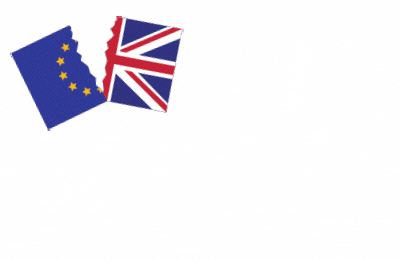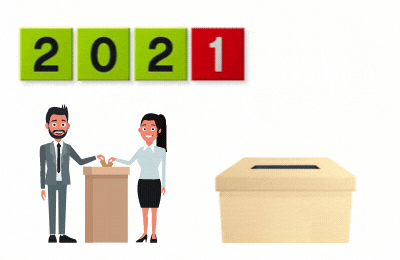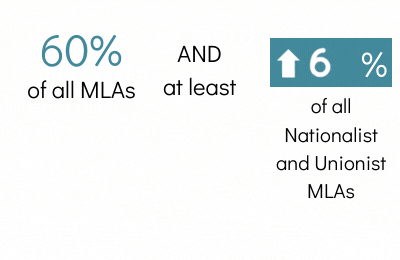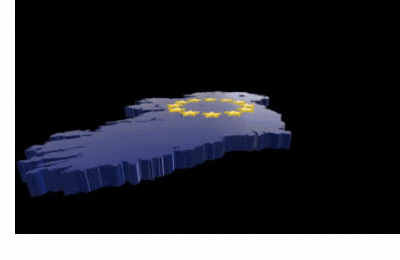What is the Democratic consent mechanism?
Withdrawal Agreement and Protocol on Ireland/Northern Ireland

- In 2020, following the UK’s vote to leave the EU, the EU and UK signed the Withdrawal Agreement and Protocol on Ireland/Northern Ireland. Article 18 of the Protocol contains what is known as ‘the democratic consent mechanism’.
- This is a vote by the Northern Ireland Assembly on Articles 5 to 10 of the Protocol – these are the parts of the Protocol under which Northern Ireland applies regulations relating to the EU single market. This was agreed to avoid a hard border on the island of Ireland, and to protect the EU’s single market.
[Read more about the Protocol in our Q&A]
- The legislative basis for the democratic consent mechanism is a regulation made in December 2020 and approved by both Houses of Parliament.
Assembly vote before the end of 2024

- The vote is to be held before the end of 2024 (four years after the end of the transition period).
- The motion on the continuation of Articles 5 to 10 should be proposed by the First Minister and deputy First Minister. If this does not happen, the motion can be tabled by any Member of the Legislative Assembly (MLA).
- If the Assembly votes against the motion, Articles 5 to 10 shall stop applying after two years. Exactly what would happen in this case is uncertain: the Joint Committee will make recommendations to the EU and UK on the necessary measures or alternatives.
- If the motion is passed by a majority of MLAs, the next vote will be held 4 years later. If the motion is passed by a majority of MLAs and has cross-community support, the next vote will be held 8 years later.
Cross community support

- Article 18 details how cross-community support will be defined in this case:
- A majority of those Members of the Legislative Assembly present and voting, including a majority of the unionist and nationalist designations present and voting; or
- a weighted majority (60%) of Members of the Legislative Assembly present and voting, including at least 40% of each of the nationalist and unionist designations present and voting.
- If the motion is passed only with a simple majority (i.e. without cross-community support), the UK Government has stated it will commission an independent review into the Protocol and its implications.
[Source: UK Government declaration on the operation of the democratic consent provision]
- The other articles in the Protocol will remain in force regardless of the outcome of the democratic consent vote. These include provisions on rights of individuals, and the Common Travel Area.
Background

The Protocol on Ireland/Northern Ireland was agreed between the EU and UK following the UK’s vote to leave the EU. Its objectives are “to address the unique circumstances on the island of Ireland, to maintain the necessary conditions for continued North-South cooperation, to avoid a hard border and to protect the 1998 Agreement in all its dimensions.”
To achieve these objectives, Articles 5 to 10 of the protocol contain provisions on customs, movement of goods, EU single market regulations, VAT and excise, the single electricity market, and state aid. Essentially this means Northern Ireland is in the EU single market for goods (unlike the rest of the UK), which removes the need for checks and controls within the island of Ireland.
Initially the current British Government had put forward proposals which would have required the consent of the Northern Ireland Assembly before the Protocol entered into force. [Source: Explanatory Note on UK Proposals for an Amended Protocol On Ireland/Northern Ireland] In the end, it was agreed that this consent provision will only commence after four years as above.
Further reading

- NI Assembly ‘Brexit and Beyond’ - Q&A on the Protocol, Brexit and Northern Ireland
- UK Government declaration on the operation of the democratic consent provision
- Queen’s University Professor David Phinnemore on the process of arriving at the democratic consent mechanism and discussion of some potential scenarios
- NI Assembly Research Service on the Democratic Consent Mechanism
- House of Lords Library briefing on the Democratic Consent Regulations This is the legislation (statutory instrument) which puts the provisions for the democratic consent vote into domestic law.



